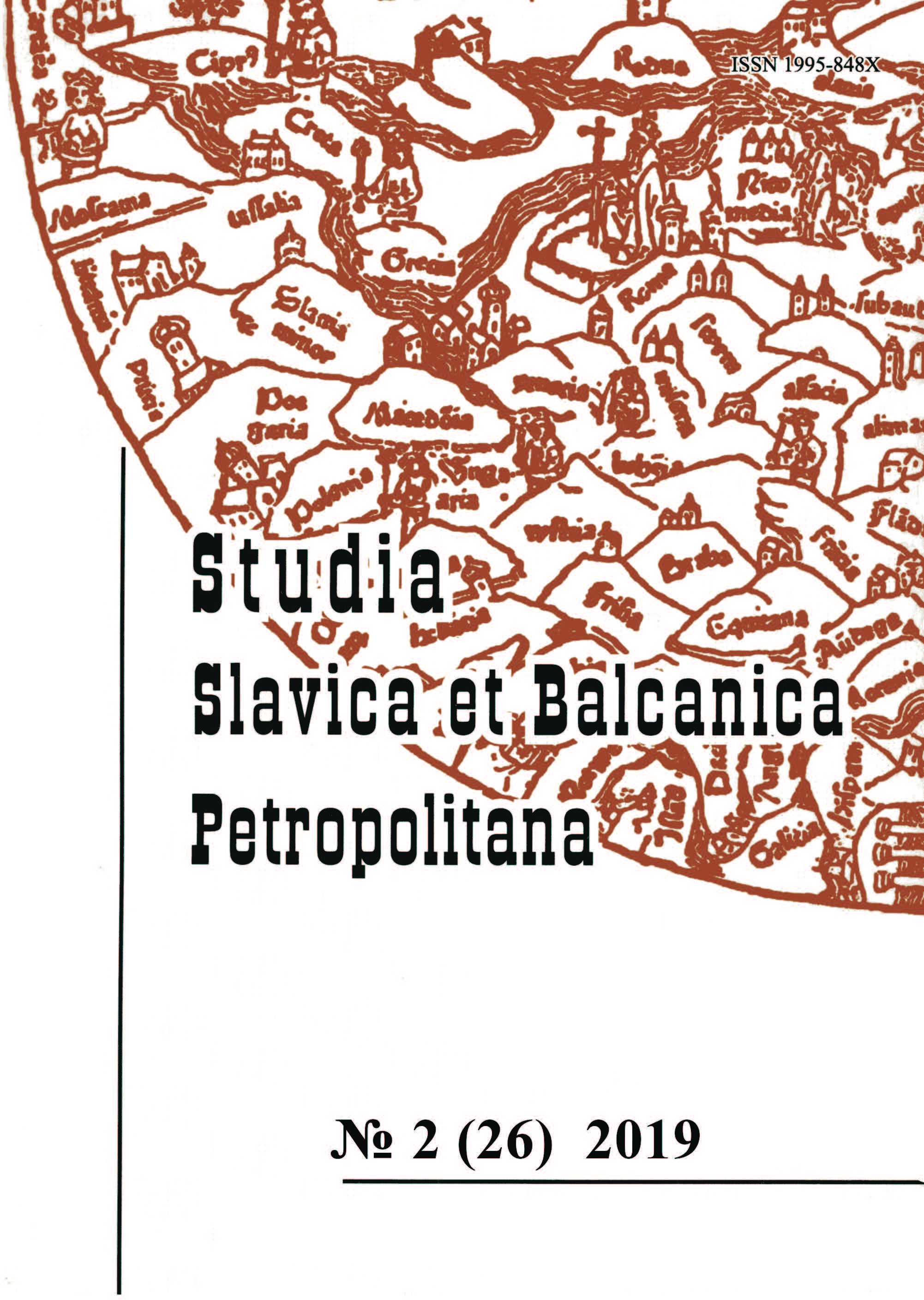Два локальных типа раннесредневековых украшений, или О значении неброских находок
Two local types of early medieval ornaments, or On the value of inconspicuous finds
Author(s): Elena Robertovna MikhaylovaSubject(s): History, Archaeology, Cultural history, Cultural Anthropology / Ethnology
Published by: Издательство Исторического факультета СПбГУ
Keywords: Pskov long barrows culture; medieval Russian culture; the Viking age; cultural ties; chronology
Summary/Abstract: The article is devoted to the informativeness of some archaeological finds, which are usually not included in typological schemes due to their external inexpressiveness. Two types of metal artifacts found in a high barrow near the village of Repyi in the Leningrad Region are analyzed – lamellar pentagonal clips and staples from a narrow plate or wire. Each type dates from the Viking Age and is associated with a specific group of antiquities, which can be localized on a geographical map. Pentagonal clips for hanging trapezoidal pendants are localized in the basin of the river Plyussa, and one more find is associated with hill fort at Izborsk. Wire “staples” are presented on the sites intent on the Baltic-Finnish world: in the stone burial site Severik, the promontory fort of Vtyrka on the Izhora plateau, the Carelian burial ground of Kylälahti Kalmistomäki. Therefore, seemingly featureless finds have significant informational potential, they allow to learn about the chronology and cultural ties of specific archaeological sites as surely as glass beads or metal buckles and bracelets.
Journal: Петербургские славянские и балканские исследования
- Issue Year: 2019
- Issue No: 2 (26)
- Page Range: 101-108
- Page Count: 8
- Language: Russian

